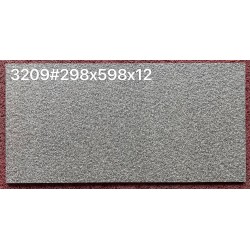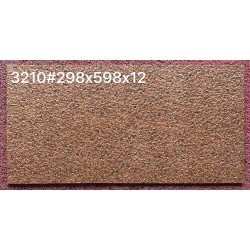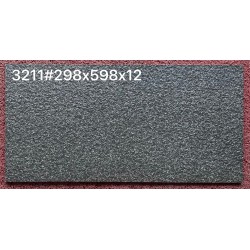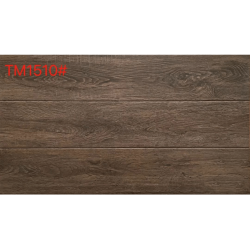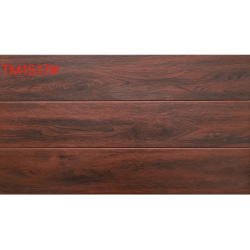What details should be considered when tiling a bathroom?

Paying attention to certain details is crucial when tiling a bathroom. The bathroom is an essential part of our daily lives, providing us with space for bathing, using the toilet, and washing our faces. In order to ensure comfort and functionality, it is important to properly lay the tiles. Let's discuss a few key details to consider when tiling a bathroom.
Firstly, choosing the right tiles is essential for a successful bathroom renovation. Since the bathroom is a moist environment, selecting tiles that are slip-resistant and resistant to dirt is of utmost importance. To ensure safety while walking and to prevent slipping, it is advisable to choose tiles with excellent slip resistance for the shower area. Additionally, selecting tiles that are easy to maintain is also crucial for convenient cleaning.
Secondly, when choosing floor tiles, it is important to consider not only their slip resistance but also whether the color matches the overall decor style. For smaller bathrooms, opting for light-colored wall tiles and dark-colored floor tiles can enhance the lighting effect and make the space appear more spacious and bright. Conversely, for larger bathrooms, choosing dark-colored wall tiles and light-colored floor tiles can create a more profound and upscale ambiance.
Furthermore, the selection of decorative elements such as borders and accent tiles is another detail to consider in bathroom renovation. While borders can enhance the decorative effect of the space, they often come at a higher price than the total cost of all the bathroom tiles. Therefore, from a cost-effectiveness perspective, using borders is not recommended. However, if you particularly enjoy the decorative effect of borders, you can try using the diamond tile layout as an alternative or use a few accent tiles as embellishments, which can still add aesthetic appeal to the bathroom.
Lastly, paying attention to construction details during the tiling process is crucial. For instance, to avoid issues such as hollow or cracked surfaces, it is important to use high-quality tile adhesive for the installation. Additionally, ensuring that the floor and wall surfaces are level, plumb, and have the appropriate slope is essential to facilitate proper drainage and prevent water pooling.
In conclusion, tiling a bathroom requires attention to details such as slip resistance, color coordination, selection of decorative elements, and construction techniques. Only by carefully considering these factors and executing the renovation correctly can you create a practical, comfortable, and aesthetically pleasing bathroom space.




